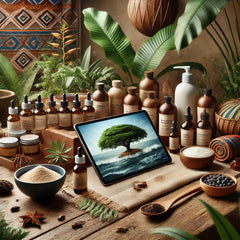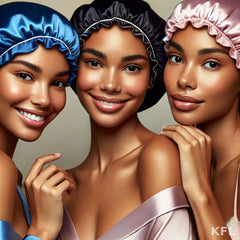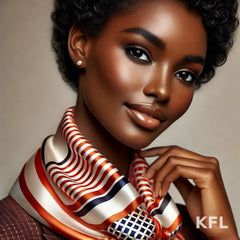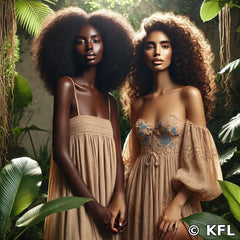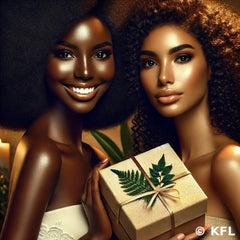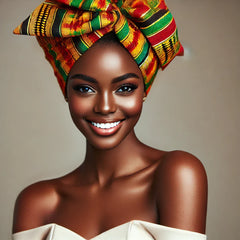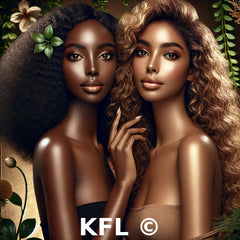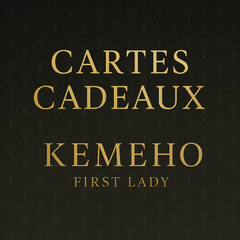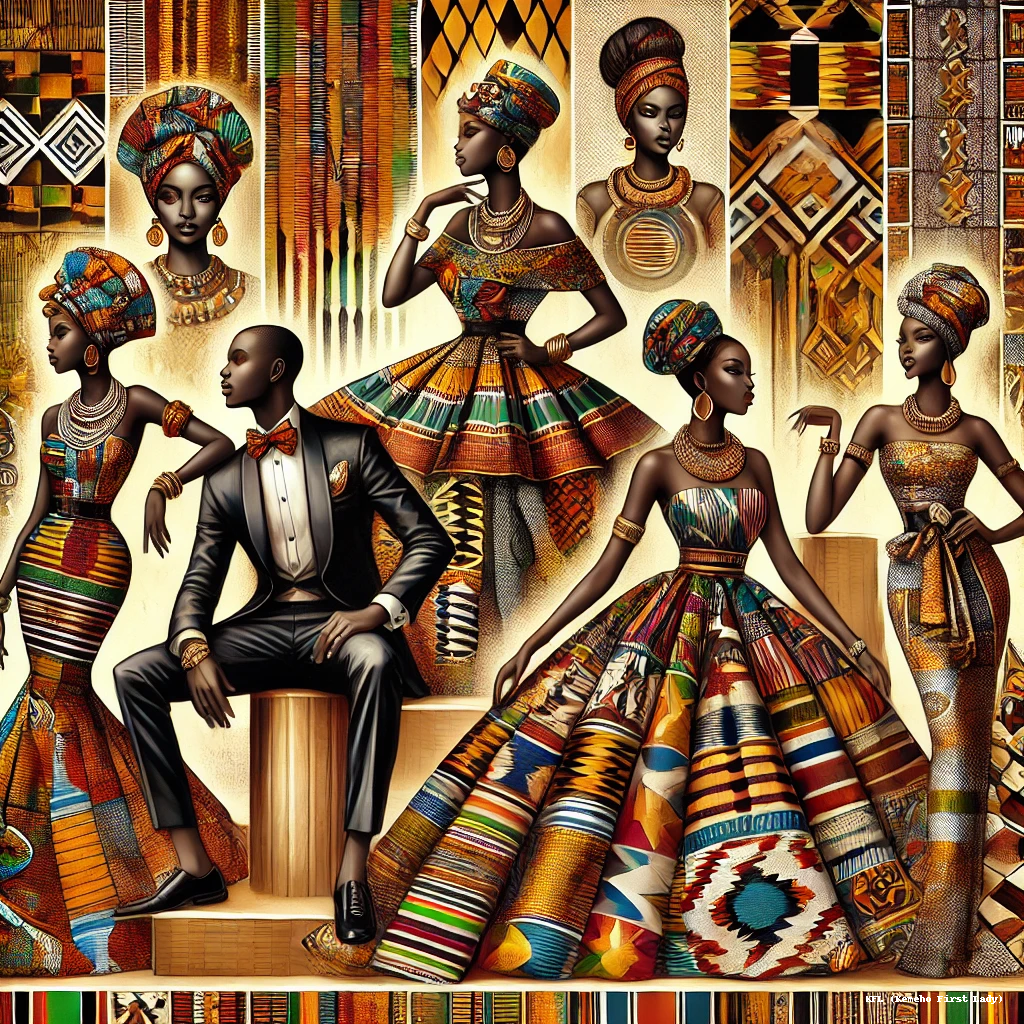
African Fashion and Textiles Through the Centuries
Share Label
Voici la traduction en anglais de l'article :
African Fashion: A Fusion of Heritage and Modernity
African fashion is much more than just a style choice: it is a language, an art, and a reflection of the continent's history. For centuries, African textiles have been used to express identity, social status, beliefs, and significant life events. From the royal cloth of the Ashanti kings to the vibrant wax fabrics, each textile tells a story and perpetuates an ancestral legacy. Today, African fashion is asserting itself on international runways, celebrating unique craftsmanship and timeless elegance.
- The History of African Textiles: Millennia of Tradition
Africa is one of the cradles of textiles, with weaving and dyeing traditions that date back thousands of years.
- Egyptian Fabrics: The ancient Egyptians used finely woven linen to make clothing worn by pharaohs and nobles.
- Bogolan from Mali: Made from cotton dyed with fermented clay, this fabric symbolizes strength and spiritual protection.
- Kente from Ghana: Handwoven by the Akan and Ashanti, it was once reserved for royalty and symbolized prestige and wisdom.
- Faso Dan Fani from Burkina Faso: This handwoven cotton fabric represents independence and emancipation.
- Shweshwe from South Africa: Introduced by European colonists, this blue fabric has become a symbol of cultural identity for many South African peoples.
- African Textiles and Their Symbolism
Each African fabric carries a deep history and significance:
- Wax: Known for its vibrant colors and varied patterns, it has become one of the most popular textiles on the continent. Although its origins are Indonesian, it was adopted and reinterpreted by Africans, with each pattern telling a unique story.
- Raffia and Natural Fibers: Used to make traditional garments, these materials are still worn during ceremonies and tribal rituals.
- Ndop from Cameroon: Indigo-dyed fabric associated with royal dynasties and the traditional rituals of the Bamoun and Bamiléké peoples.
- Batik from West Africa: An ancient dyeing technique where wax is used to create intricate patterns on fabrics.
- The Evolution of African Fashion: From Tradition to Modernity
African fashion has adapted to external influences while maintaining its unique identity.
- Colonial Era: The imposition of Western clothing almost caused the disappearance of certain traditional garments.
- 1960s-1970s: With independence, African designers revived traditional textiles to assert their national identity.
- Today: African fashion is rapidly expanding and influencing designers worldwide.
- African Fashion on the Global Stage
African designers have made a significant impact on the global scene:
- Oumou Sy (Senegal): Known as the "queen of African fashion," she blends tradition and modernity.
- Imane Ayissi (Cameroon): The first African designer to join Paris haute couture, he elevates African textiles.
- Lisa Folawiyo (Nigeria): A specialist in modernized wax with a very contemporary touch.
- Alphadi (Niger): An ambassador of Sahelian fashion, promoting African craftsmanship in his designs.
Today, international fashion houses are widely inspired by African fabrics and patterns, proving that the influence of the continent continues to grow.
Conclusion
African fashion is a fusion of heritage and innovation. It is not just a style, but a powerful identity, a cultural message, and an ancestral pride. Around the world, African designers are revitalizing traditional fabrics and patterns, making African fashion an endless source of inspiration and elegance.

